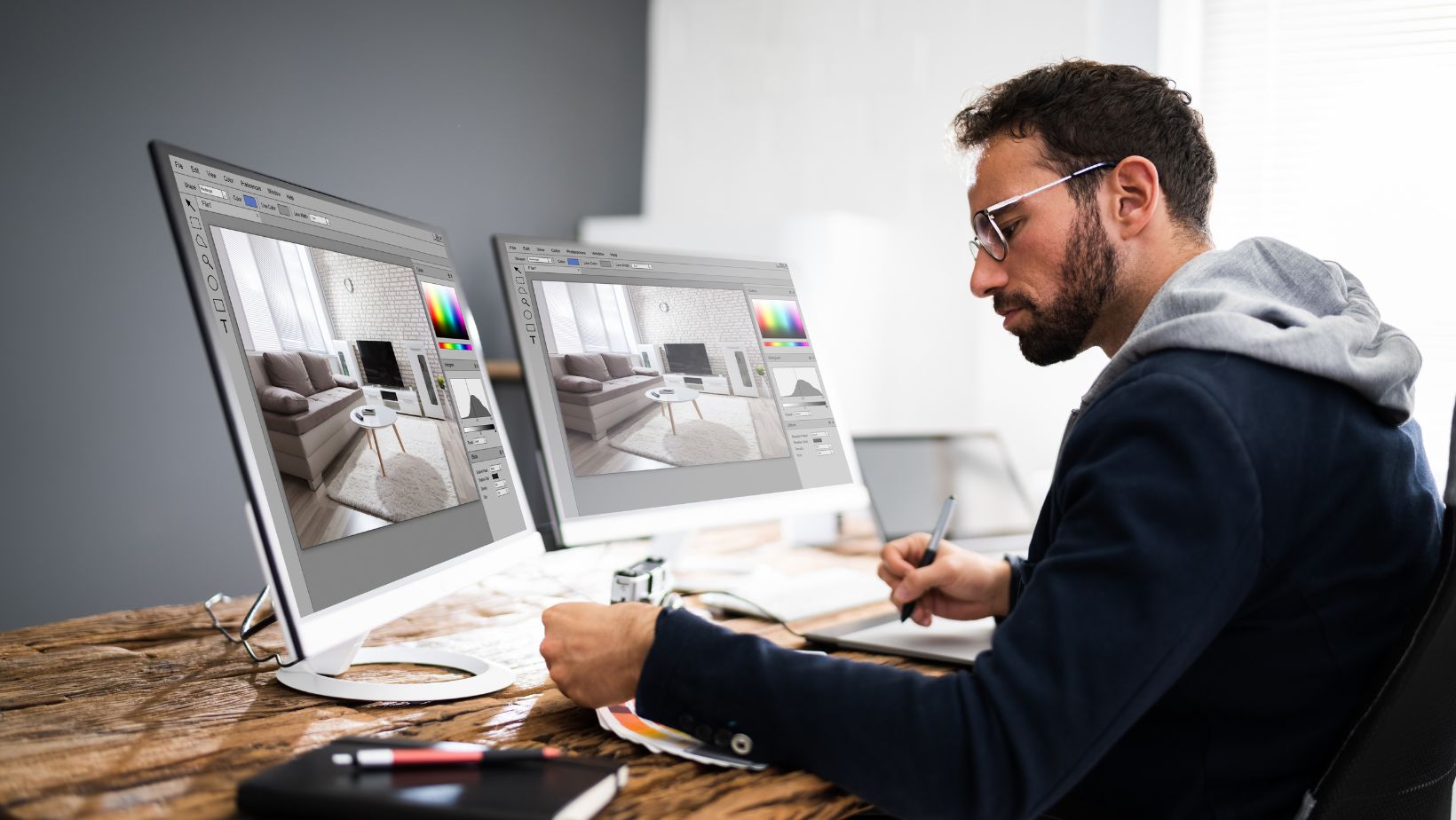Adding a drop shadow in Illustrator is a simple yet effective way to enhance the visual appeal of your designs. In this tutorial, I’ll guide you through creating and applying a drop shadow effect to your artwork.
To begin, open Adobe Illustrator and select the object or text to which you want to apply the drop shadow. Next, navigate to the “Effect” menu at the top of the screen and choose “Stylize.” Click “Drop Shadow” to access the drop shadow options from there.
In the Drop Shadow dialog box, you can customize settings such as opacity, blur, distance, and angle to achieve your desired effect. Play around with these parameters until you’re satisfied with your drop shadow’s appearance. Once you’re done tweaking the settings, click “OK” to apply the drop shadow effect.
Table of Contents
ToggleHow To Add Drop Shadow In Illustrator
When it comes to adding a drop shadow in Illustrator, there are various techniques and effects you can experiment with to enhance your designs. In this section, I’ll walk you through some of the different shadow effects you can explore.
- Basic Drop Shadow: The basic drop shadow effect is a great starting point. To create it, select the object or text you want to add a shadow to, go to the Appearance panel, click on the “Add New Effect” button (+), and choose “Drop Shadow.” Adjust the settings for opacity, angle, distance, and size to achieve your desired effect.
- Inner Shadows: Try applying inner shadows to add depth and dimensionality to an object or text. This technique creates the illusion of light shining from inside the element. In the Appearance panel, select “Inner Glow” instead of “Drop Shadow” and adjust the settings accordingly.
- Multiple Shadows: Get creative by stacking multiple shadow effects on each other. Experiment with different combinations of drop shadows, inner shadows, and even outer glows to give your design a unique look. Play with opacity levels and blending modes until you achieve the desired result.
- Gradient Shadows: Consider applying a gradient effect instead of using a solid color for your drop shadow. This can add depth and complexity to your design while maintaining a cohesive color scheme. Simply apply a gradient fill in the “Drop Shadow” settings dialog box.
- Customizing Blur and Feather: Don’t limit yourself to standard blur options when creating drop shadows in Illustrator! Utilize advanced techniques such as adjusting feathering options or applying Gaussian Blur effects to achieve more nuanced shadows.
- Combining Effects: Take it further by combining drop shadows with other Illustrator effects like textures or patterns for truly eye-catching results. Let your creativity run wild as you experiment with different combinations and settings.

Remember, adding drop shadows in Illustrator allows you to add depth, dimension, and professional touch to your designs. Explore and experiment with different shadow effects to find the perfect style that complements your artwork. Sure, I can help you with that. Adding drop shadows in Illustrator is a great way to enhance and make your designs visually appealing.
Final Thoughts
Adding drop shadows in Illustrator can elevate your designs by providing depth and visual interest. With these tips and tricks, you can create stunning artwork that captivates viewers’ attention effortlessly! Adding a drop shadow in Illustrator is a simple and effective way to enhance your designs.
By following these simple steps, you can add depth and dimensionality to your designs using drop shadows in Illustrator. Whether for typography or graphic elements, incorporating this technique can elevate your artwork and make it stand out from the crowd. So why not try it and see how adding a drop shadow can bring new life to your illustrations?






